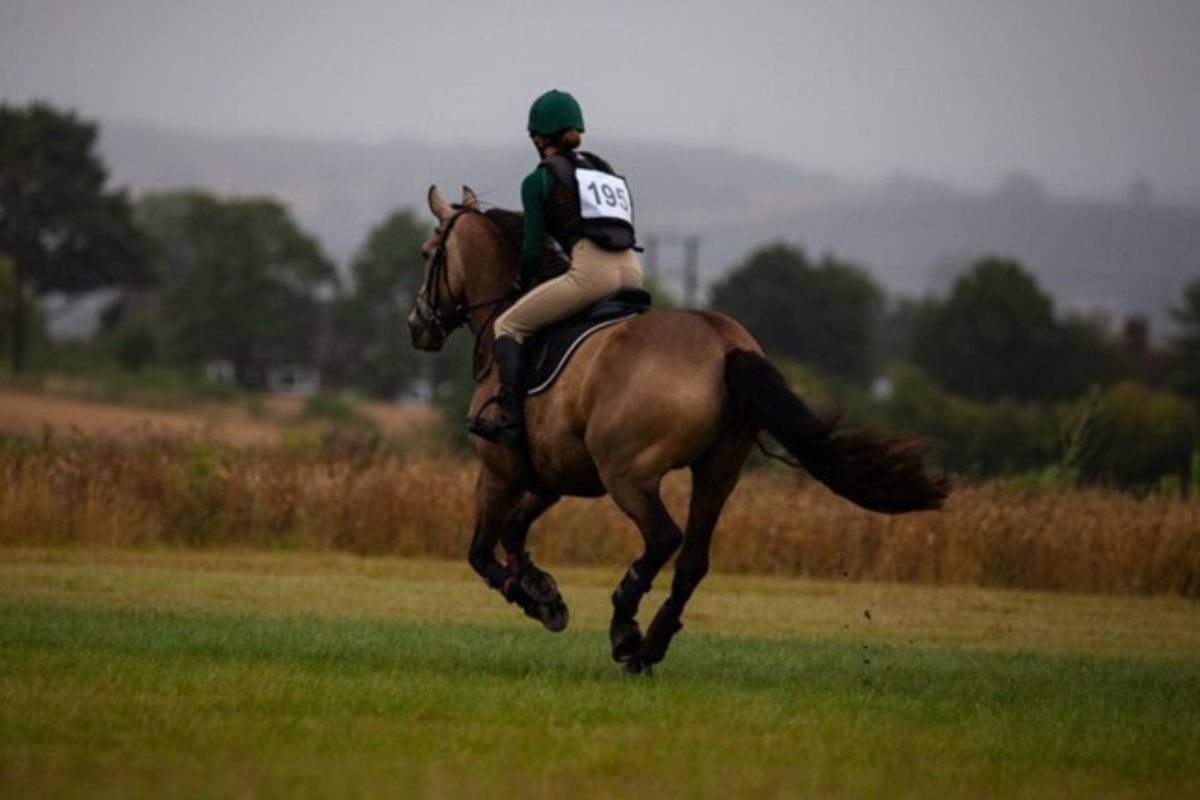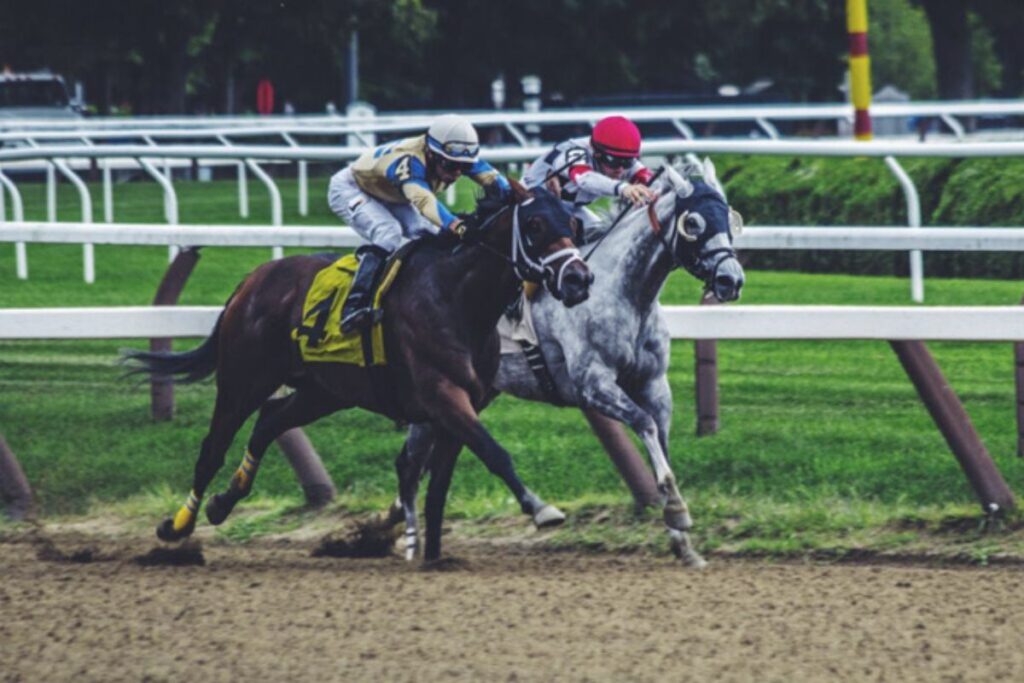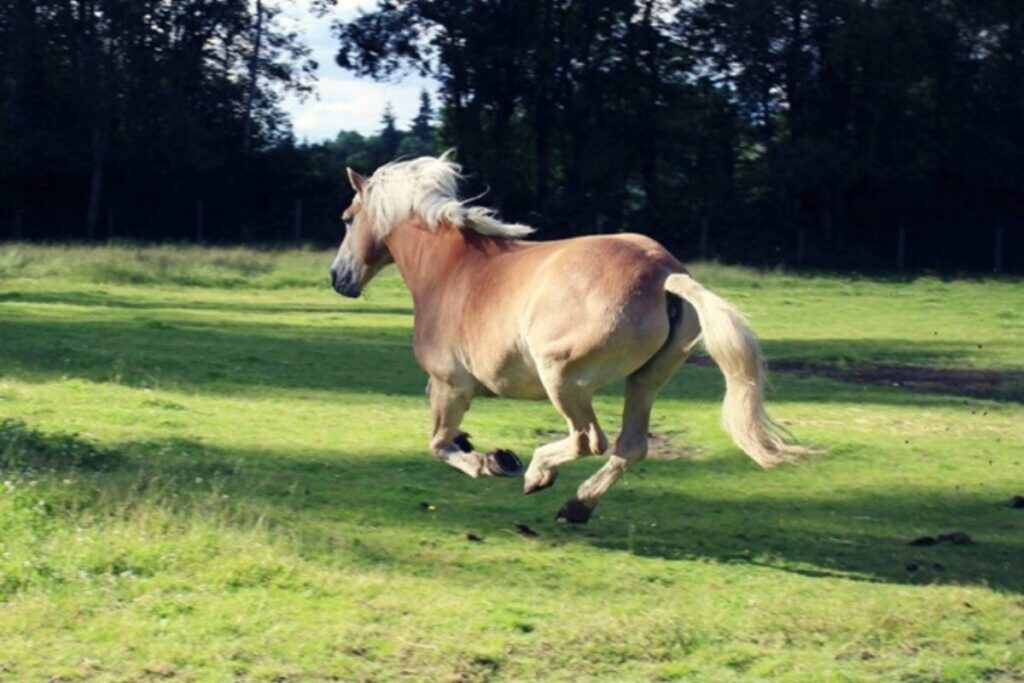Menu

The canter is a fantastic gait that can both look impressive and can be like a dream to ride. That said, the canter come equally easy to all horses. Some crash into it, while others struggle or perform it on multiple tracks. Basically, all horses should be able to canter. Therefore, if it causes problems, it makes good sense to find the reason behind it.
Canter is an asymmetrical three-stroke gait that contains a hovering moment. Due to the moment of hovering, the speed and the lesser number of hooves on the ground, significantly more pressure is put on the limbs than when the horse is just standing. In fact, twice as much weight as the horse's own weight. This means, among other things, that this gait puts a lot more pressure on muscles, than the other gaits.

You may also like to read: Training: How to find the correct length of your stirrups
The canter is the most effective gait for improving the structures involved in the thoracic sling. This means, among other things, that the horse becomes lighter at the front and can move more optimally.
It is also the gait that is best in terms of strengthening the abdominal muscles. The muscles which greatly help to support the back under the rider's weight.
The canter is also the gait that triggers the most movement in the back. The back is lifted and extended. In addition, the abdominal region is pulled up and the abdominal muscles are tightened with each step the horse takes.
In particular, the following can be highlighted:
• Good for warming up the back.
• Promotes the horse's desire to move forward.
• Strengthens and tones the abdominal muscles.
• Improves the flexibility of the back.
• Improves muscular strength and power.

Despite all the benefits, there are still some horses that are reluctant when it comes to the canter. This can be due to a physical problem. Such as lack of muscular strength, back pain or problems in the area around the SI joint.
Problems can also stem from a behavioral challenge, an inexperienced rider, or uncomfortable equipment.
If your horse has challenges with the canter, it can cause lameness that the horse bucks or that the horse has difficulty holding the canter. In these cases, it is always best to seek the help of a professional.
Once the trigger has been found, however, there are a number of exercises that can help alleviate stiffness in the back:
• Vary the pace and shape of the canter during the same training
• Backing up
• Canter at a high pace
• Canter over booms
• Counter canter
• Side movements
"Posture and Performance - Principles of Training Horses from the Anatomical Perspective" by Gillian Higgins.